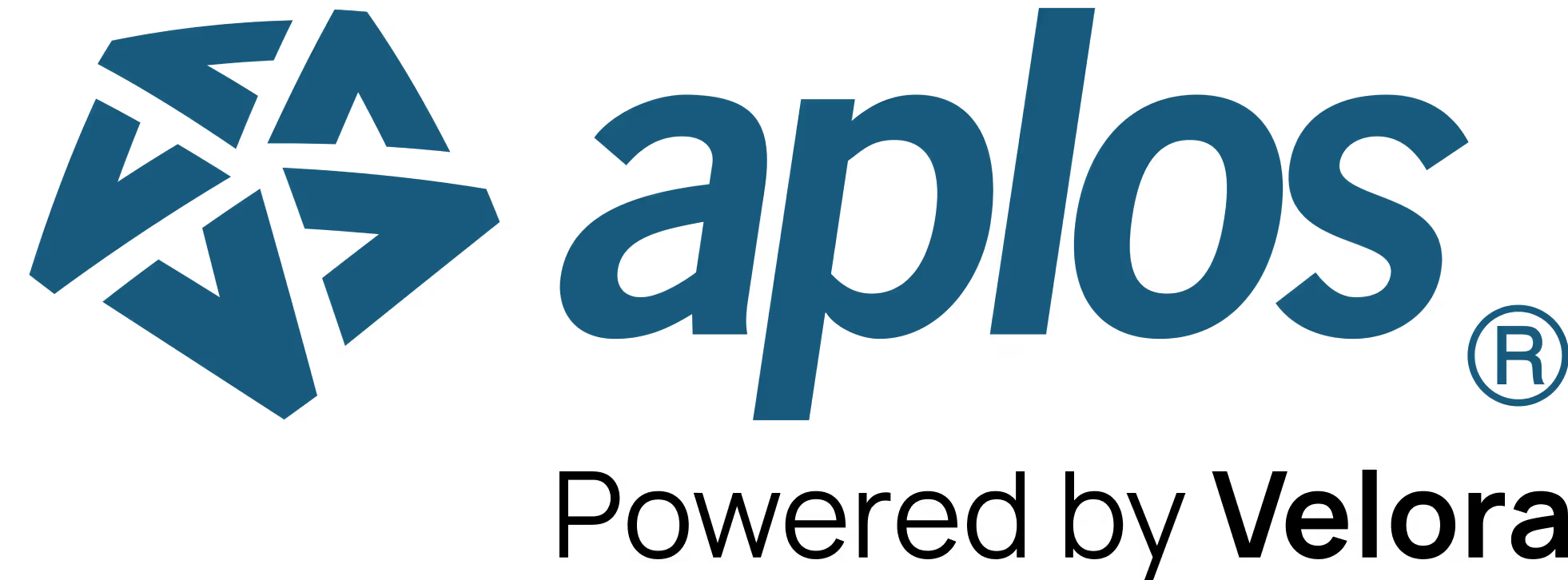
How to Use Email for Donor Relations

Online Fundraising Basics: Lesson 6
So far, we’ve covered the basics of building an online donation system, best practices for creating your online donation webpage, testing your online donations system, and building a solid email list of people you want to encourage to give to your cause. You are well on your way to having a successful online fundraising strategy that will improve donor relations and benefit your nonprofit in tremendous ways.
To effectively drive online donations, you’ll want to build a relationship with each donor via email. Most of your email communications should not be fundraising solicitations. That’s like asking your friends for a favor every single time you see them. Even more, that’s like asking your friends to get together just so you can ask them for a favor. Most of your email communications should be updates and newsletters (information that is important to them), with a few solicitations sprinkled in. Many nonprofits go by the three-to-one or four-to-one rule. That is, give three things of value for every one solicitation.

Types of Nonprofit Email Communication
To get started, here are a few ways to share valuable information with your supporters by email.
Nonprofit Email Newsletter
An email newsletter allows you to stay in contact with donors in a friendly and informative way. If you create a good newsletter, this can help your donors feel like they are part of your team. They will also better understand your impact and feel more connected to your organization.
- Send out an email newsletter at least every other month, but no more than monthly, unless your donor base has unique needs for more regular communication.
- Your newsletters should be mission-based, providing updates, news, and stories, along with pictures of your nonprofit in action.
- Weave stories of donor impact into your mission accomplishments. Let people know it was donor support that made it possible to do what you did.
Fundraising-Specific Requests
At least once a year (but no more than quarterly, unless you have a very unique situation), send out a fundraising letter via email to your distribution list. Because of your ongoing communications, your supporters will not be caught off guard. They will be used to getting emails from you, be up to date on your work, and will likely be ready to support you by making an online donation because of your email fundraising letter.
Make your request specific, timely, and direct. Let your donors know what you plan to do with their gift. Tell them you value their support. And let people know that, by giving, they are a part of your mission.
Thank You Emails
Always send a thank you email after every online donation, and if possible, send a handwritten note, or have an organization leader make a personal call. This extra touch can help move an impersonal online transaction into a more personal, long-term connection to the organization because the donor feels their support was valued.
Pay very close attention to when donors increase their gifts. If you have someone who regularly sends $25 per month, and suddenly makes a $100 gift, consider a special acknowledgment that specifically addresses the increased support.
And whatever you do…
- Never spam.
- Don’t send too many emails or emails that are not what your recipients requested.
- Always have permission, and allow your subscribers to unsubscribe.
The Most Important Key for Email Marketing
Training your staff team to focus on donor relations will prove invaluable to your organization. Remember, technology (email in this case) is just a tool for building relationships. There are real people who read your newsletters, thank you notes, and solicitations. If you were on the other end of an email, what would you want to see?
You’ve heard about how important social media is for nonprofits, and how using social media is an inexpensive way to market your cause. In our next lesson, we’ll go over how to use Facebook, Pinterest, and Twitter to help your organization achieve its mission.

Our comprehensive closeout services start at $399 per month that needs to be reconciled. Sign up before Jan 1st and pay just $199.50 per month!
Copyright © 2025 Aplos Software, LLC. All rights reserved.
Aplos partners with Stripe Payments Company for money transmission services and account services with funds held at Fifth Third Bank N.A., Member FDIC.
Copyright © 2024 Aplos Software, LLC. All rights reserved.
Aplos partners with Stripe Payments Company for money transmission services and account services with funds held at Fifth Third Bank N.A., Member FDIC.



.png)



